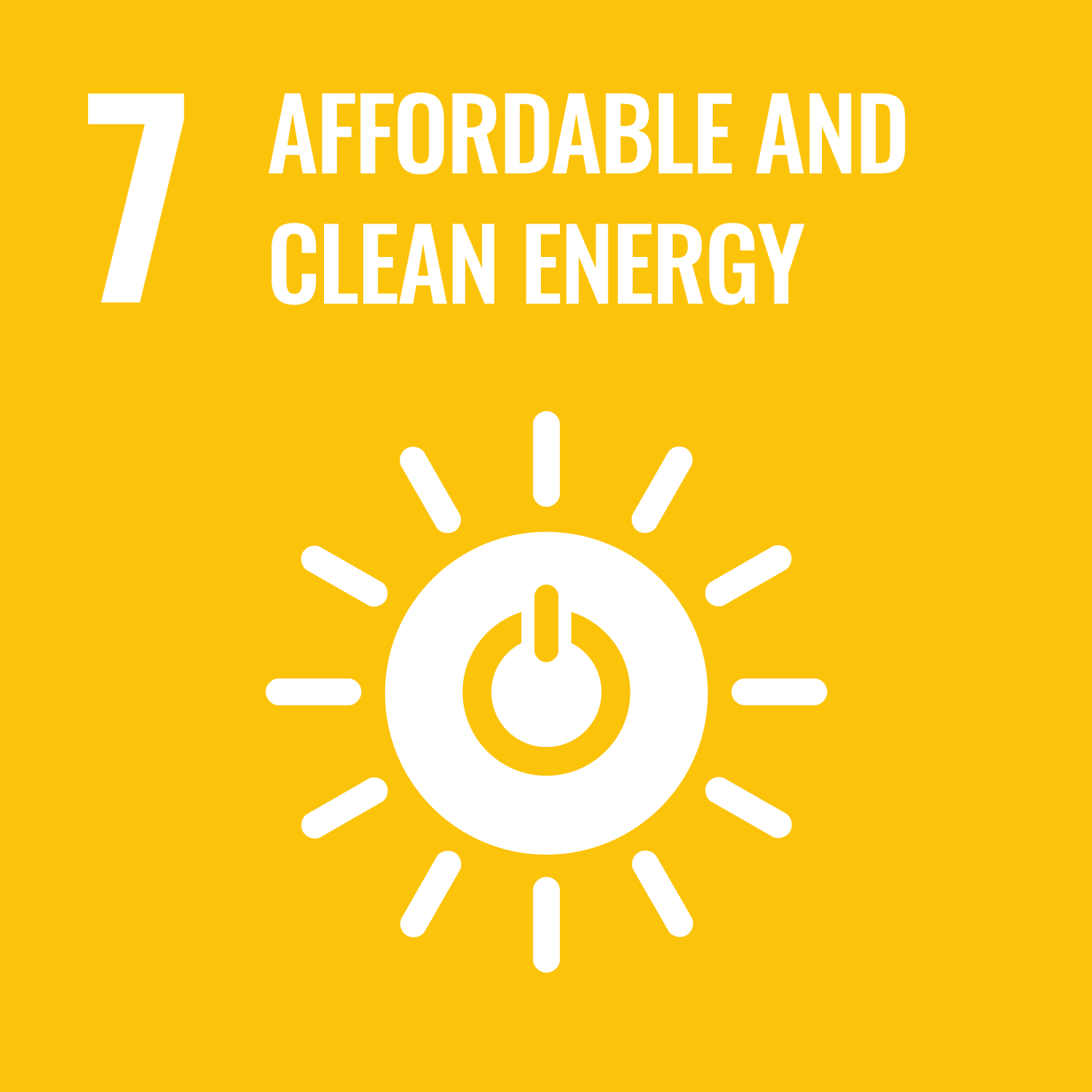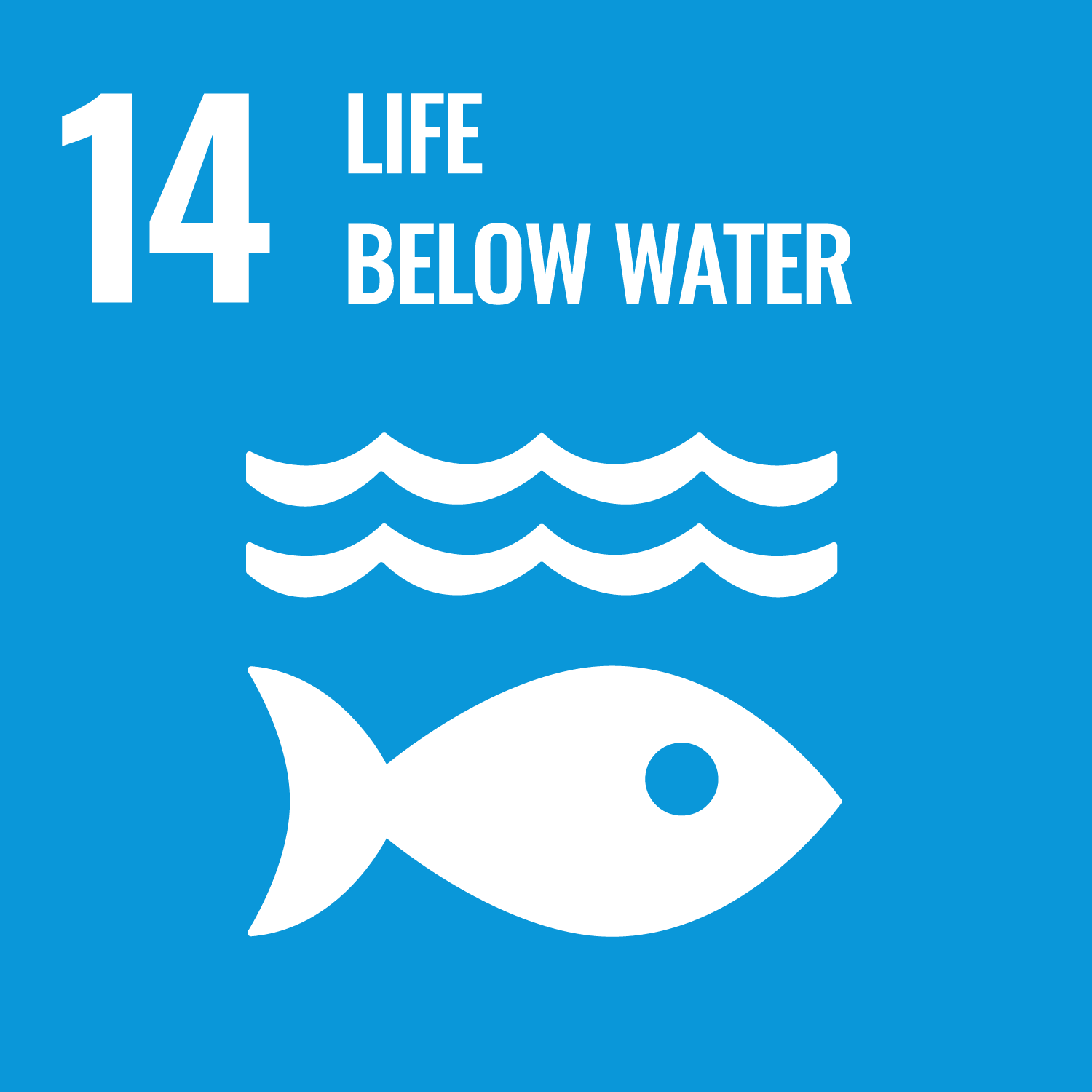The course is compulsory for the second year students at the department of mechanical engineering. In this lecture, the students
will learn the fundamentals of fluid mechanics. The lecture consists of basic properties of fluids, static and dynamical aspects
of fluids. In addition, dimensional analysis will be taught with examples.
1. To learn the basic knowledge on fluid properties (continuity, density, viscosity, and surface tension).
2. To learn the fundamentals of fluid statics (absolute/gauge pressure, manometers, Pascal’s law, pressure distribution, forces acting on a solid surface immersed in liquid, buoyancy, Archimedes' principle).
3. To learn the fundamentals of fluid dynamics (different types of flows (steady/unsteady, viscous/inviscid, laminar/turbulent), stream/path/streak lines), flowrate and hydrodynamic conservation laws (continuity equation, Euler’s equation of motion, Bernoulli’s theorem, Torricelli's law, Pitot/ Venturi tubes, momentum theorem).
4. To learn the dimensional analysis (basic/derived quantities, Buckingham’s pi-theorem, similarity parameters).
5. To learn the applications of the above concepts to fluid flow problems.
2. To learn the fundamentals of fluid statics (absolute/gauge pressure, manometers, Pascal’s law, pressure distribution, forces acting on a solid surface immersed in liquid, buoyancy, Archimedes' principle).
3. To learn the fundamentals of fluid dynamics (different types of flows (steady/unsteady, viscous/inviscid, laminar/turbulent), stream/path/streak lines), flowrate and hydrodynamic conservation laws (continuity equation, Euler’s equation of motion, Bernoulli’s theorem, Torricelli's law, Pitot/ Venturi tubes, momentum theorem).
4. To learn the dimensional analysis (basic/derived quantities, Buckingham’s pi-theorem, similarity parameters).
5. To learn the applications of the above concepts to fluid flow problems.
- To be able to explain about fluid including fluid definition, difference between fluid and solid, continuity and viscosity
- To be able to calculate static forces acting on a solid surface immersed in liquid based on hydrostatic pressure and buoyancy
- To be able to explain different types of fluid flows including steady/unsteady, compressible/incompressible, viscous/inviscid and laminar/turbulent flows.
- To understand the conservation laws of fluid (continuity equation, Euler’s equation and Bernoulli’s theorem)
- To be able to apply the conservation laws of fluid (continuity equation, Euler's equation of motion and Bernoulli's theorem)
- To be able to apply the momentum theorem to calculate the forces acting on flowing fluid and solid body in a fluid flow.
- To be able to find non-dimensional parameters by conducting dimensional analysis in a specific situation
| Class schedule | HW assignments (Including preparation and review of the class.) | Amount of Time Required | |
|---|---|---|---|
| 1. | Course introduction and fluid properties: (1) course introduction, (2) definition of fluid, (3) fluid properties including density, specific gravity, compressibility and viscosity | Read the syllabus description (preparation & review). | 30minutes |
| Consider the difference between fluid and solid (preparation & review). | 30minutes | ||
| Learn basic fluid properties such as density, specific gravity, compressibility and viscosity (preparation & review). | 60minutes | ||
| 2. | Fluid properties: (1) Newtonian and non-Newtonian fluids, (2) rheological diagram, (3) surface tension and wetting, (4) capillary, (5) meniscus | Learn the concept of shear stress and strain rate (preparation & review). | 60minutes |
| Learn the properties of Newtonian fluid and non-Newtonian fluids (preparation & review). | 60minutes | ||
| Learn the surface tension and wetting (preparation & review). | 60minutes | ||
| 3. | Hydrostatics: (1) hydrostatic pressure: absolute/gauge pressure (2) pressure head (3) manometers | Learn the hydrostatic pressure, relation between absolute and gauge pressure (preparation & review). | 60minutes |
| Learn the concept of pressure head (preparation & review). | 60minutes | ||
| Learn different types of manometers for pressure measurement (preparation & review). | 60minutes | ||
| 4. | Hydrostatics: (1) Pascal’s law, (2) pressure distribution in fluid, (3) forces acting on a solid surface immersed in fluid | Lean the pressure distribution in liquid (preparation & review). | 60minutes |
| Learn the forces acting on a solid surface immersed in liquid (preparation & review). | 60minutes | ||
| Learn the concept of Pascal's law, buoyancy and Archimedes's principle (preparation & review). | 60minutes | ||
| 5. | Hydrostatics and hydrodynamics: (1) buoyancy, (2) stability of a floating object, (3) flow types | Learn different types of flows including steady/unsteady flows, compressible/incompressible flows, viscous/invisid flows, laminar/turbulent flows (preparation & review). | 60minutes |
| Learn the three different lines: stream line, path line and streak line, and Consider examples of them, respectively (preparation & review). | 60minutes | ||
| Learn flowrate and continuity equation (preparation & review). | 60minutes | ||
| 6. | Hydrodynamics: (1) stream/path/streak lines , (2) flowrate, (3) continuity equation | Learn the continuity equation of a flow (preparation & review). | 60minutes |
| Learn the one-dimensional Euler's equation of motion for perfect fluid (preparation & review). | 120minutes | ||
| 7. | Hydrodynamics: (1) Euler’s equation of motion, (2) Bernoulli’s theorem, (3) Torricelli’s law | Learn Bernoulli's theorem (preparation & review). | 60minutes |
| Learn Torricelli's law (preparation & review). | 60minutes | ||
| Learn the principle of Pitot tube (preparation & review). | 60minutes | ||
| 8. | Intermediate examination | Review the contents learned before the examination (review). | 360minutes |
| Review the intermediate examination (review). | 60minutes | ||
| 9. | Review of the examination and hydrodynamics (1) review of the intermediate examination, hydrodynamics: (2) Pitot tube, (3) Venturi nozzle | Review the intermediate examination (review). | 60minutes |
| Learn the principle and application of Venturi nozzle (preparation & review). | 120minutes | ||
| 10. | Hydrodynamics: (1) momentum theorem, (2) calculation of the forces acting on fluid and solid | Learn the basic and derived quantities (preparation & review). | 60minutes |
| Learn Buckingham pi-theorem (preparation & review). | 120minutes | ||
| 11. | Hydrodynamics: further applications of the momentum theorem (including pipe, propulsion, and etc.) | Learn similarity parameters obtained in dimensional analysis (preparation & review). | 60minutes |
| Learn the procedure of dimensional analysis (preparation & review). | 60minutes | ||
| Learn examples of dimensional analysis (preparation & review). | 60minutes | ||
| 12. | Dimensional analysis: (1) basic and derive quantities, (2) Buckingham pi-theorem, (3) procedure of dimensional analysis, (4) non-dimensional parameters | Learn the momentum theorem of fluid flow (preparation & review). | 180minutes |
| 13. | Dimensional analysis: (1) similarity, (2) examples of dimensional analysis, (3) course summary | Learn applications of momentum theorem to bending pipes and impinging jet (preparation & review). | 180minutes |
| 14. | Final examination: (1) final examination, (2) review (will be done on the scomb) | Review the contents learned before the examination (review). | 360minutes |
| Review the intermediate examination (review). | 120minutes | ||
| Total. | - | - | 3000minutes |
| practice | homework assignments | midterm examination | final examination | Total. | |
|---|---|---|---|---|---|
| 1. | 1% | 5% | 4% | 2% | 12% |
| 2. | 1% | 5% | 7% | 2% | 15% |
| 3. | 1% | 5% | 2% | 2% | 10% |
| 4. | 2% | 5% | 3% | 2% | 12% |
| 5. | 2% | 5% | 4% | 13% | 24% |
| 6. | 2% | 5% | 8% | 15% | |
| 7. | 1% | 5% | 6% | 12% | |
| Total. | 10% | 35% | 20% | 35% | - |
The final score is evaluated based on practice (10%), assignments (35%), intermediate exam (20%) and final exam (35%). Credit
will be given only when the score is equal or over 60% out of 100 % in total. Successful credit acquisition requires the following
all the conditions to be satisfied. The student is capable of 1. understanding the concept of fluid and to be able to explain
the properties of fluid, and besides, 2 understanding the hydrostatic forces acting on a solid surface immersed in liquid
and calculating them in a specific situation, and besides, 3. understanding the basic equations of the conservation laws (continuity
equation, Euler's equation, Bernoulli's theorem and momentum theorem) and applying them in a specific problem, and besides,
4. understanding the concepts of dimensional analysis and applying it in a specific situation.
The following textbooks are available online for use in this lecture. The students can access the electronic book data via
ProQuest Ebook Central through the SIT library.
1. “Introduction to Fluid Mechanics (5th edition)”, by William S. Janna, Chapman and Hall/CRC (2015)
2. “Fluid Mechanics and Machinery” C.P. Kothandaraman , and R. Rudramoorthy, New Academic Science (2011)
The students may refer to other supplement textbooks such as: “A Physical Introduction to Fluid Mechanics” by Alexander J Smits, Wiley (1999). Most of introductory textbooks on fluid mechanics or fluid dynamics would be helpful for the students to understand the course contents. (Those who have difficulties for reading in English can refer any textbook written in their own language on hydrodynamics (such as Nagare-gaku) or fluid mechanics (such as Ryutai-rikigaku).)
1. “Introduction to Fluid Mechanics (5th edition)”, by William S. Janna, Chapman and Hall/CRC (2015)
2. “Fluid Mechanics and Machinery” C.P. Kothandaraman , and R. Rudramoorthy, New Academic Science (2011)
The students may refer to other supplement textbooks such as: “A Physical Introduction to Fluid Mechanics” by Alexander J Smits, Wiley (1999). Most of introductory textbooks on fluid mechanics or fluid dynamics would be helpful for the students to understand the course contents. (Those who have difficulties for reading in English can refer any textbook written in their own language on hydrodynamics (such as Nagare-gaku) or fluid mechanics (such as Ryutai-rikigaku).)
Prerequisite knowledge
basic knowledge on mathematics (linear algebra, calculus, vector analysis) and physics (dynamics)
(The prerequisite knowledge will not be taught in this class. Those who do not have the prerequisite knowledge are advised not to enroll in this course.)
Preparation
The students are requested to learn the basic ideas on the content before the lecture for understanding. The students are encouraged to solve problems for improve their understandings of the subject. Homework assignment must be submitted online via scomb system.
Advice
- This course is premised on the regular attendance of students in the lecture.
- The students are expected to be involved in the lecture, practice and homework assignments.
- The students should regularly check the scomb system for homework assignments every week after the class.
basic knowledge on mathematics (linear algebra, calculus, vector analysis) and physics (dynamics)
(The prerequisite knowledge will not be taught in this class. Those who do not have the prerequisite knowledge are advised not to enroll in this course.)
Preparation
The students are requested to learn the basic ideas on the content before the lecture for understanding. The students are encouraged to solve problems for improve their understandings of the subject. Homework assignment must be submitted online via scomb system.
Advice
- This course is premised on the regular attendance of students in the lecture.
- The students are expected to be involved in the lecture, practice and homework assignments.
- The students should regularly check the scomb system for homework assignments every week after the class.
- before/after the class (Omiya)
- with an appointment in advance (Omiya or Toyosu)
- Course that cultivates a basic self-management skills
- Course that cultivates a basic problem-solving skills
- Course that cultivates an ability for utilizing knowledge
| Work experience | Work experience and relevance to the course content if applicable |
|---|---|
| N/A | N/A |





- 4.QUALITY EDUCATION
- 7.AFFORDABLE AND CLEAN ENERGY
- 9.INDUSTRY, INNOVATION AND INFRASTRUCTURE
- 13.CLIMATE ACTION
- 14.LIFE BELOW WATER
Last modified : Sun Mar 21 15:34:29 JST 2021

